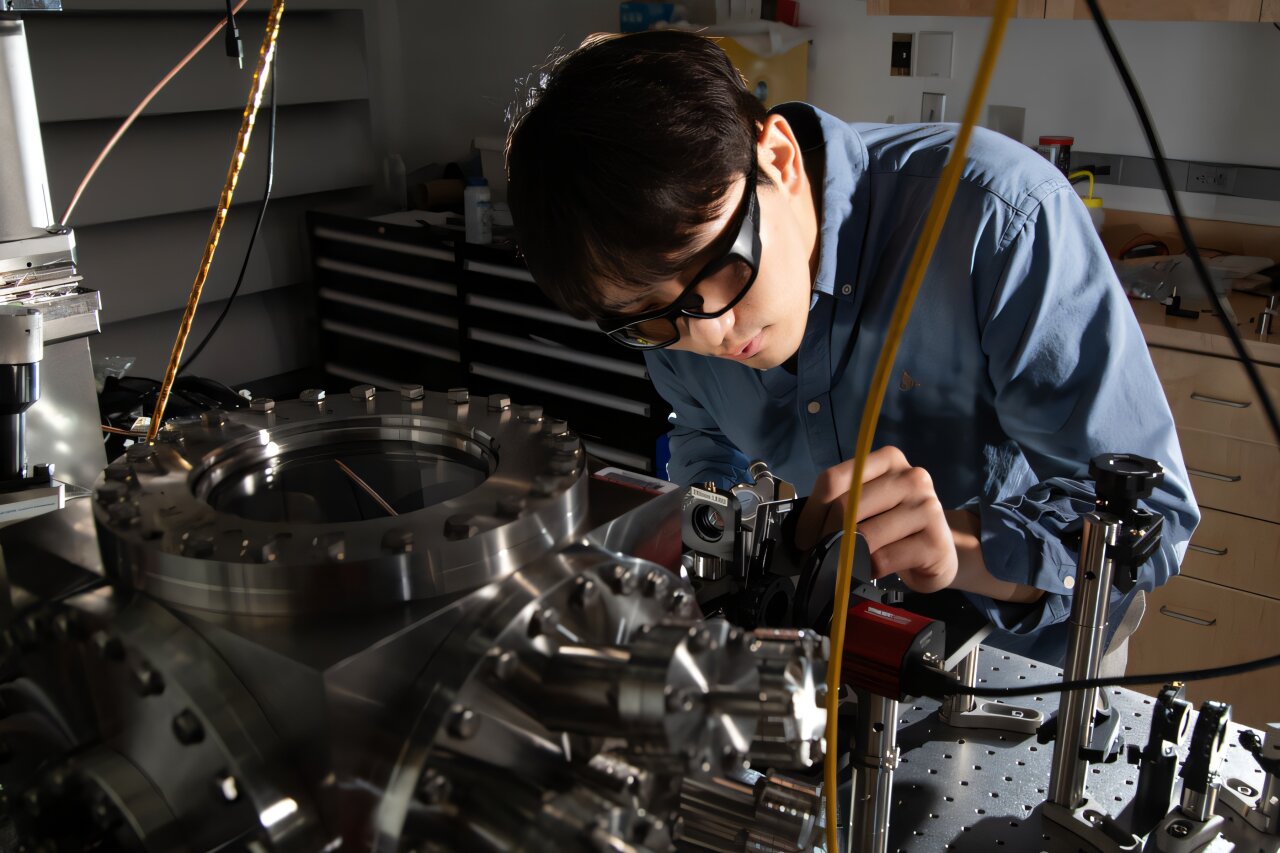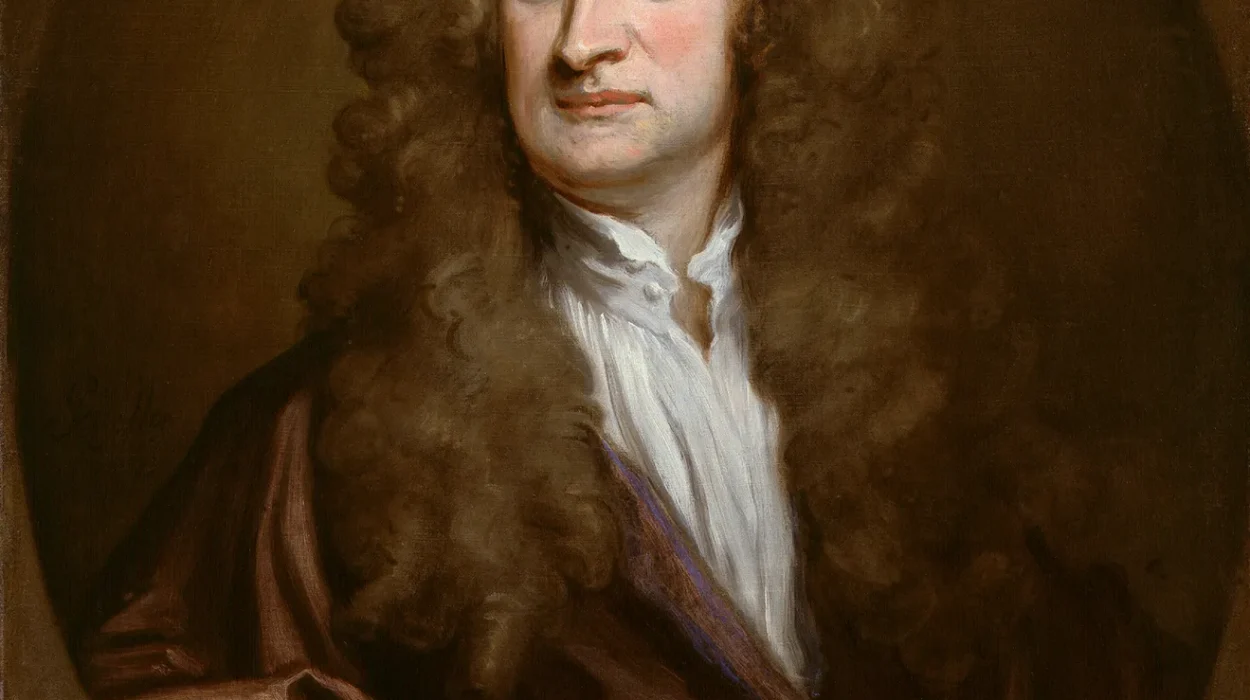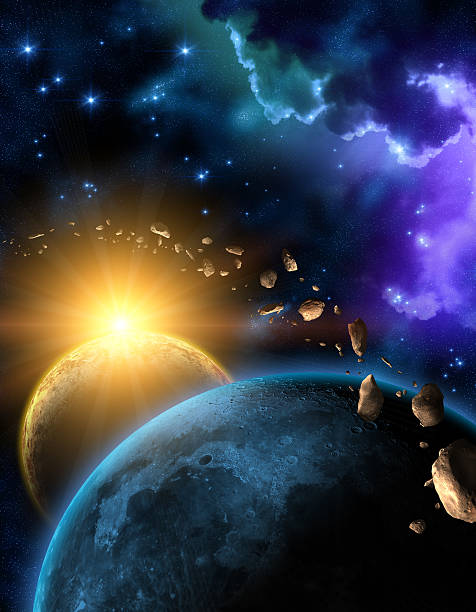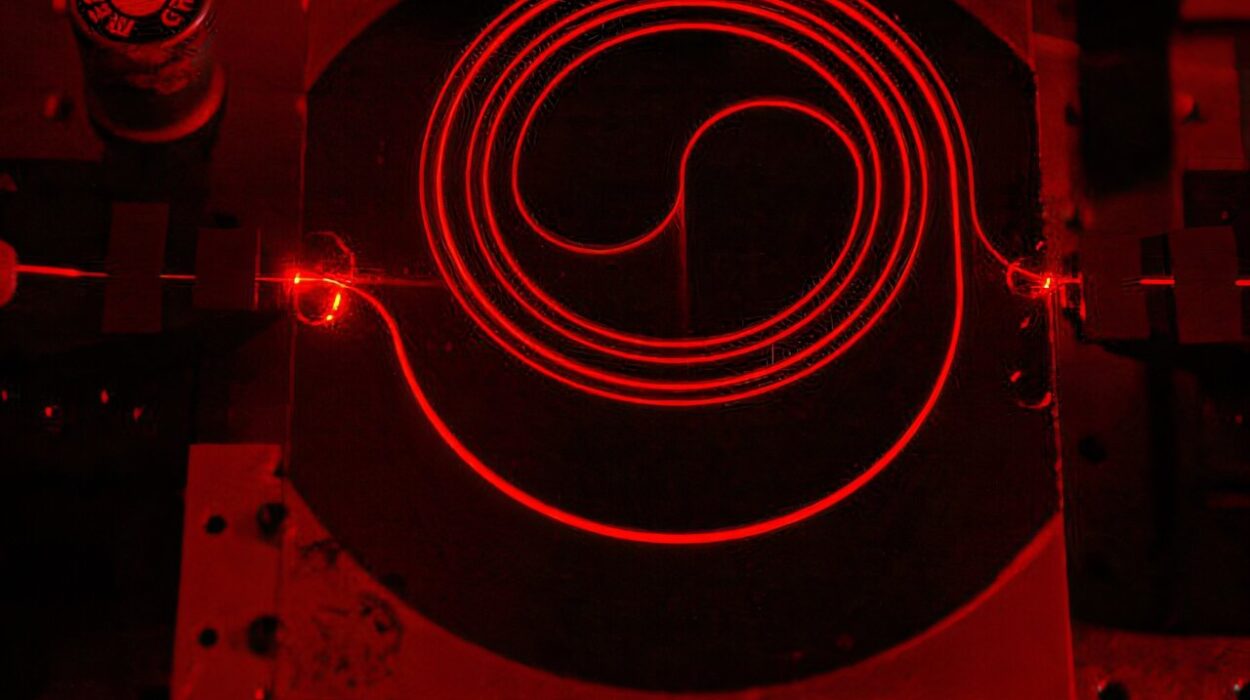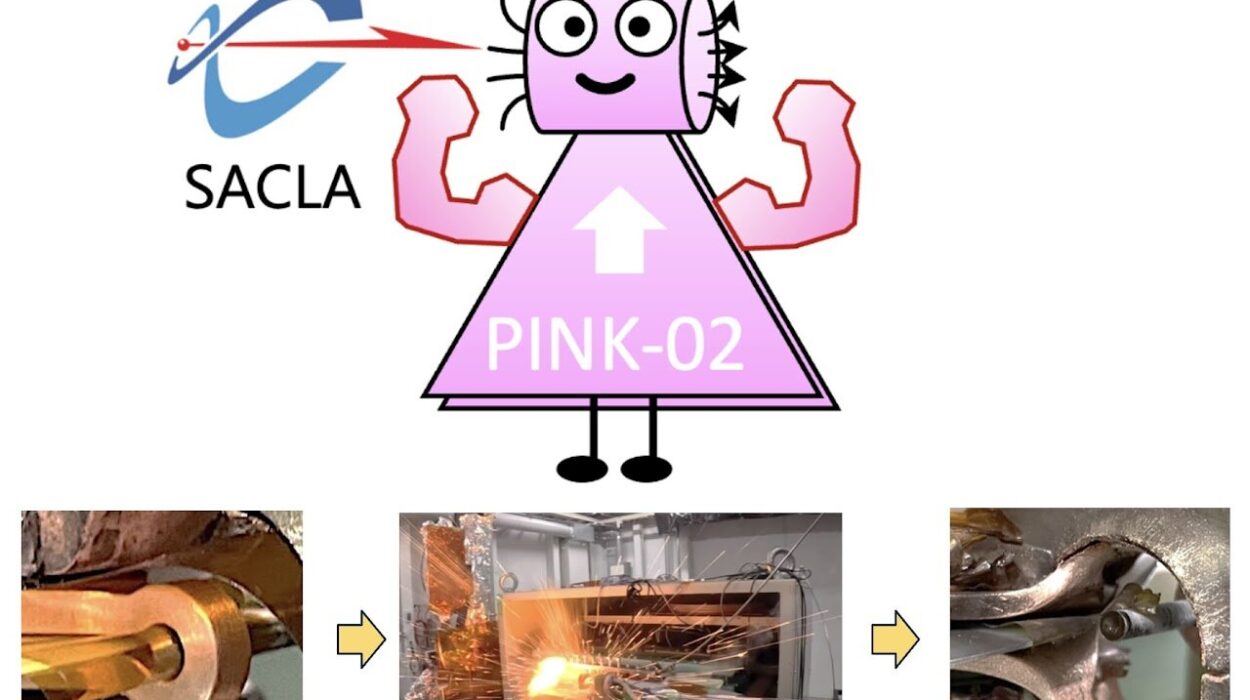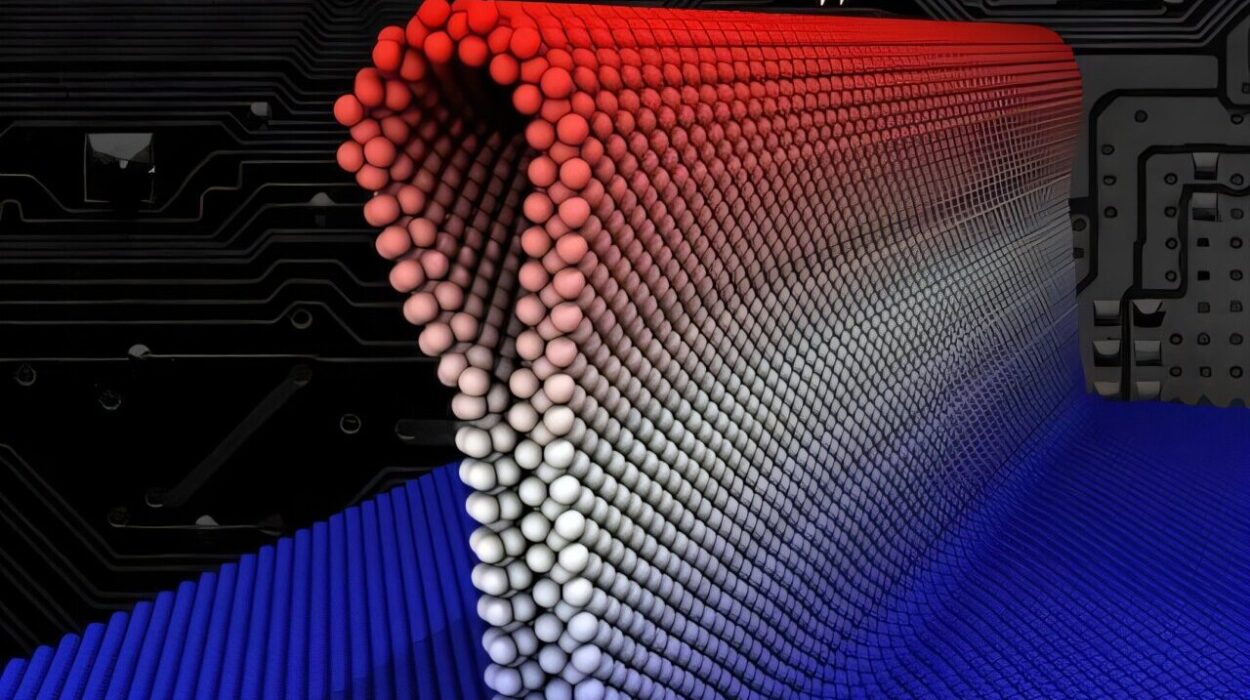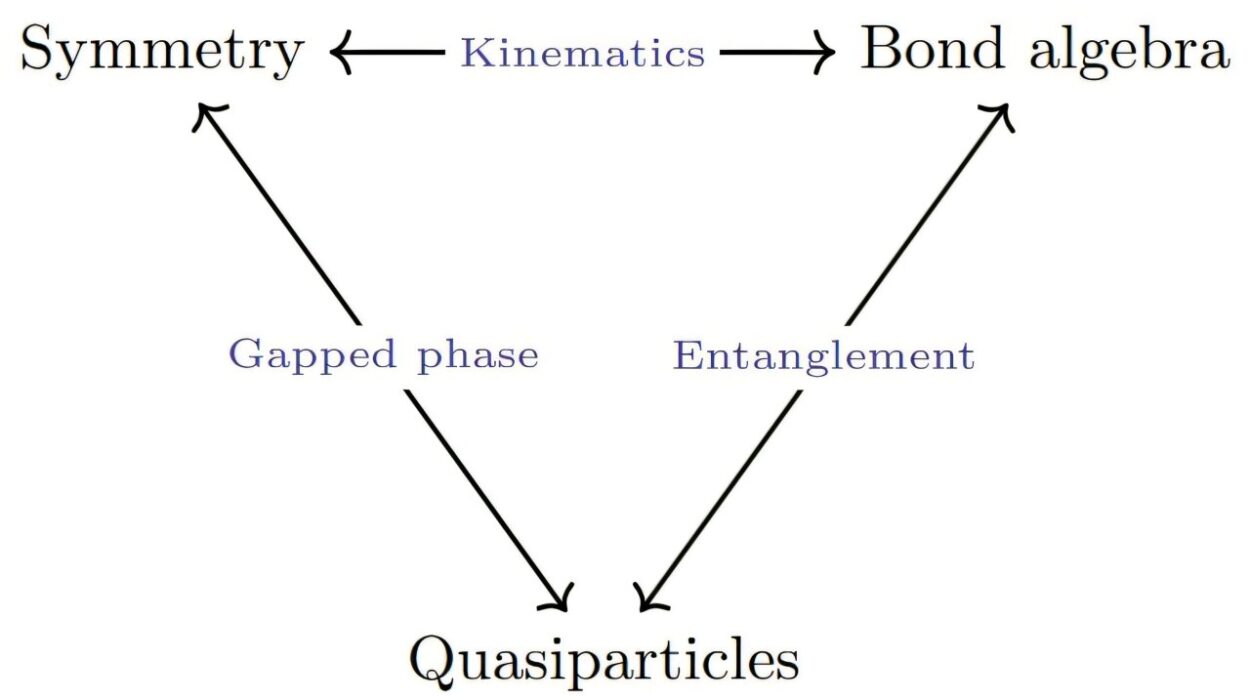There’s a quiet tension threading its way through the heart of modern physics—a schism, subtle yet profound, that cuts between two of the most successful theories ever devised: general relativity and quantum mechanics. Each, in its own right, has been tested to extraordinary precision. General relativity governs the motion of stars, galaxies, and black holes. Quantum mechanics, meanwhile, rules the microscopic realm—atoms, photons, electrons, and the machinery of chemistry itself.
But here’s the catch: these two pillars of physics, which together describe nearly every observable phenomenon in the universe, refuse to play nicely together. Their mathematical languages are incompatible. Their assumptions about space, time, and information diverge. And nowhere is this clash more poignant than in the case of gravity.
While the electromagnetic, strong, and weak nuclear forces have been successfully merged into a quantum framework, gravity remains an enigma. Is it fundamentally quantum in nature, with a hypothetical carrier particle called the graviton? Or is gravity a purely classical force—geometric, as Einstein described it, but immune to the strange probabilistic behavior of the quantum world?
This question—is gravity quantum?—is not just academic. It pierces into the deepest mysteries of the universe: the birth of space-time, the nature of black holes, the fate of information. And until recently, it was a question physicists could not even begin to test.
But now, in a quiet laboratory at MIT, a centimeter-sized mechanical object is whispering back. And its message might just shift the foundations of physics.
A New Kind of Experiment
“Until now, there was no clear way to bring gravity into the lab for a quantum-level interrogation,” says Dongchel Shin, a Ph.D. candidate in MIT’s Department of Mechanical Engineering. “But with the right kind of mechanical system—massive enough to feel gravity, yet quiet and cold enough to be quantum—we may finally have a bridge.”
Shin is the lead author of a breakthrough paper recently published in Optica, titled “Active laser cooling of a centimeter-scale torsional oscillator.” In collaboration with MIT colleagues and researchers at the University of Utah, Shin and his team demonstrated something never before achieved: the laser cooling of a mechanical torsional oscillator nearly to the quantum limit.
This oscillator—about the size of a fingernail—twists gently back and forth on a microscopic axis. It’s an updated descendant of the torsion pendulum, the very device used by Henry Cavendish in 1798 to weigh the Earth by measuring the force of gravity between lead spheres. Now, over two centuries later, physicists are using similar tools to do something even more audacious: probe whether gravity obeys quantum laws.
The Hybrid Revolution: Marrying Atoms and Mechanics
To understand why Shin’s oscillator matters, you have to appreciate how far laser cooling has come—and how far it still has to go.
In the 1980s, physicists figured out how to use lasers to cool atoms down to near absolute zero. By tuning the light to slightly below the frequency of atomic absorption, photons could act as a kind of friction, slowing down atomic motion—effectively cooling the atoms to millionths of a kelvin. This gave rise to Bose-Einstein condensates, ultracold quantum gases, and the world’s most precise optical lattice clocks.
In parallel, since the early 2000s, nanotechnology made it possible to cool and manipulate nanoscale mechanical oscillators using similar optical methods. These devices—tiny beams or membranes—have become playgrounds for quantum optomechanics.
But Shin’s team has done something different: they’ve taken a macroscopic object, far bigger than an atom or a nanobeam, and cooled it not just mechanically, but optically, using laser light to drain thermal energy from a torsional mode of motion.
This is more than a technical triumph. It is a conceptual unification.
“Historically, the atomic and mechanical approaches developed separately,” Shin explains. “In our work, we’ve merged them—using laser cooling techniques from atomic physics to control a centimeter-sized mechanical oscillator. This hybrid platform brings quantum optics into the world of gravity experiments.”
And therein lies the key. This isn’t just another experiment in precision physics. It’s a new tool to study whether gravity itself has quantum properties.
How Do You Cool a Twisting Object With Light?
The magic happens with an optical setup known as an optical lever—a deceptively simple system with surprisingly powerful implications. Imagine shining a laser onto a small mirror attached to a mechanical oscillator. Even the slightest angular tilt of the mirror causes the reflected beam to shift position on a detector. This amplification of small motions allows for exquisitely sensitive measurements.
But there’s a problem: laser beams are noisy. They jitter, wander, and fluctuate due to air currents, mirror imperfections, and thermal noise in the optics themselves. If you can’t tell whether the beam is moving because the mirror moved, or simply because of external noise, you’re stuck.
Shin’s team solved this with a clever twist: they used a mirrored optical lever setup with a differential detection scheme. One beam reflects off the oscillator mirror, picking up its true motion. A second, identical beam reflects off a stationary corner-cube mirror—a configuration that cancels any noise from the laser’s path.
“When we combine the two beams, the jitter is canceled, and only the true signal from the oscillator remains,” Shin says. This setup reduced noise by a factor of a thousand, enabling them to detect motion with ten times better precision than the oscillator’s own zero-point fluctuations—a staggering feat.
Then came the laser cooling.
By carefully tuning the laser to interact with the oscillator’s twisting mode, the team was able to extract thermal energy and cool the device down to 10 millikelvins—a temperature just a hair’s breadth from absolute zero. At this point, the oscillator is no longer “classical” in behavior. It becomes a quantum object, with well-defined zero-point energy and coherence.
Why Does This Matter for Gravity?
The idea of testing quantum gravity in a lab might sound far-fetched. After all, gravity is by far the weakest of the four fundamental forces. A tiny magnet can overcome Earth’s gravitational pull. So how could such a delicate force be probed with quantum systems?
This is where massive, cold, quiet oscillators come in.
If two such oscillators can be brought near each other—each suspended, laser-cooled, and isolated from all other interactions—the only force they could use to “talk” to one another is gravity. And if their quantum states become entangled as a result, it would suggest that gravity itself must be quantum.
This concept, proposed by theorists like Chiara Marletto, Vlatko Vedral, and Roger Penrose, has now entered the realm of practical experimentation. But it depends critically on building mechanical systems that are simultaneously massive, quantum, and ultra-precise—a trifecta that until now seemed out of reach.
Shin’s torsional oscillator brings that goal tantalizingly close.
“Reaching the quantum ground state is our next goal,” he says. “To do that, we’ll need to enhance the optical interaction—perhaps by building an optical cavity or using trapping techniques. But once we’re there, we can start to explore direct tests of quantum gravity.”
Engineering the Edge of Reality
What makes this work even more remarkable is the interdisciplinary nature of the challenge. Testing quantum gravity isn’t just about abstract theory—it’s about building physical systems that push every limit of modern technology.
“You need expertise in quantum mechanics, relativity, optics, control theory, nanofabrication, cryogenics, electronics,” says Shin. “It’s incredibly demanding. But that’s also what makes it rewarding.”
Shin, who trained as a mechanical engineer, is part of a new generation of physicists who bridge the gap between pure theory and practical engineering. “Mechanical engineering gave me the right mindset to work across disciplines,” he says. “It’s not just about solving equations—it’s about designing, building, debugging, and iterating. That’s what experiments like this demand.”
He is quick to credit his colleagues. Co-author Vivishek Sudhir, an assistant professor of mechanical engineering at MIT, leads the Quantum and Precision Measurements Group where the work was performed. Ph.D. student Dylan Fife contributed extensively to the experimental setup. Collaborators Tina Heyward and Rajesh Menon at the University of Utah brought critical optical engineering expertise.
Together, the team represents a new paradigm in fundamental physics—one where tabletop experiments, rather than billion-dollar colliders or distant telescopes, might be the key to unlocking quantum gravity.
A Future in Reach
The implications of this work are staggering. If gravity is indeed quantum, it could help resolve some of the most vexing puzzles in physics: the information paradox in black holes, the quantum structure of spacetime, the unification of all forces. Conversely, if gravity turns out to be classical—even in the presence of quantum matter—it would challenge deeply held assumptions about the universality of quantum mechanics.
Either answer would be revolutionary.
And remarkably, that answer may soon come not from a distant galaxy or a new particle collider, but from a tiny mirror twisting in a quiet lab, bathed in the cold glow of a laser beam.
“It’s humbling,” Shin says. “We’re standing at the edge of the known, reaching into a question that’s been open for over a century. And we’re doing it with careful engineering, patience, and light.”
There’s poetry in that.
The same force that binds us to the Earth, that shapes stars and bends time, may now be yielding its secrets to one of the quietest, most precise machines ever built. And in that precision—laser-cooled, suspended in near-quantum silence—human curiosity listens, waits, and hopes for gravity to whisper back.
Reference: Dong-Chel Shin et al, Active laser cooling of a centimeter-scale torsional oscillator, Optica (2025). DOI: 10.1364/OPTICA.548098
